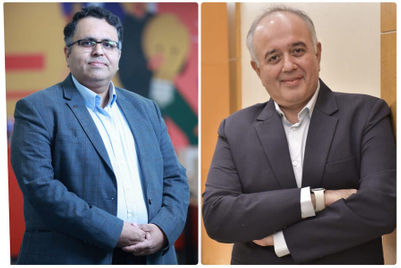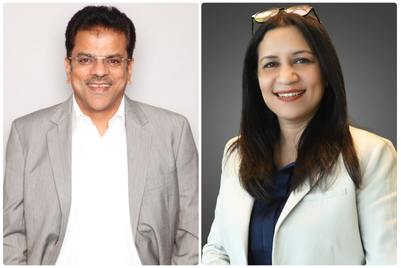
Professor John Philip Jones, author and brand guru, came in from New York for a session on 'Adding Drive to Magical Ideas'.
Right in the beginning, Jones set the context that the advertising business is about oomph, enthusiasm and imagination but only 41% of advertising produces sales. The need is to be clear in strategies and tactics, and use data to drive strategy and ideas, which should be further evaluated to feed into strategy.
"A 'Gatekeeper' is a campaign with great potential," he said. These are one in a thousand and he gave the example of Colgate’s ‘reflection strip’ print ad. Such creatives need to be handled carefully for high-involvement and low-involvement categories. He pointed out that high-involvement purchases are infrequent and consumers go looking for ads with a rational proposition. It is the opposite in case of low-involvement categories – advertising goes behind consumers. This has an impact on media decisions, and a gatekeeper must get enough exposure to ensure maximum continuity.
'Insufficient Continuity', he pointed out, was one of the problems of media what happens because of the periods in which brands are not advertised. He said, "The more ad pressure there is in the short term, lesser the sales you get from it in the long term. The inflection point is three exposures and has dominated American and European planning for 20 years.” He threw a question whether only one exposure in possible, on the strength of a short term burst.
He pointed out the relation between continuity levels and sales. Discontinuity, with short term effects and long gaps gave poorer sales than regular high blips with shorter gaps between each. He said that advertisers should at least aim for medium-term sales, if not long-term.
All these, would have to lead to effective brand building, according to Jones. He shared data that only 8% of sales come from advertising, 12% from promotion and 80% from the brand’s equity. Over time the ability of a brand to deliver sales can drop if not supported by advertising.
In the Q&A session moderated by Rajesh Jejurikar, president, Zee, one of the questions asked was “How do you decide between rational and emotional driven creative? Emotional takes more time to create effect."
To that, Professor Jones said that an emotional message has long term effect because it helps you enter the consumer’s mind. He gave the example of Lux and how it is all about film-stars and all things emotional but has one rational part, that it is good for the face.
“There must be a small degree of rationality. It helps in persuasion,” Jones stated.








.png&h=268&w=401&q=100&v=20250320&c=1)

